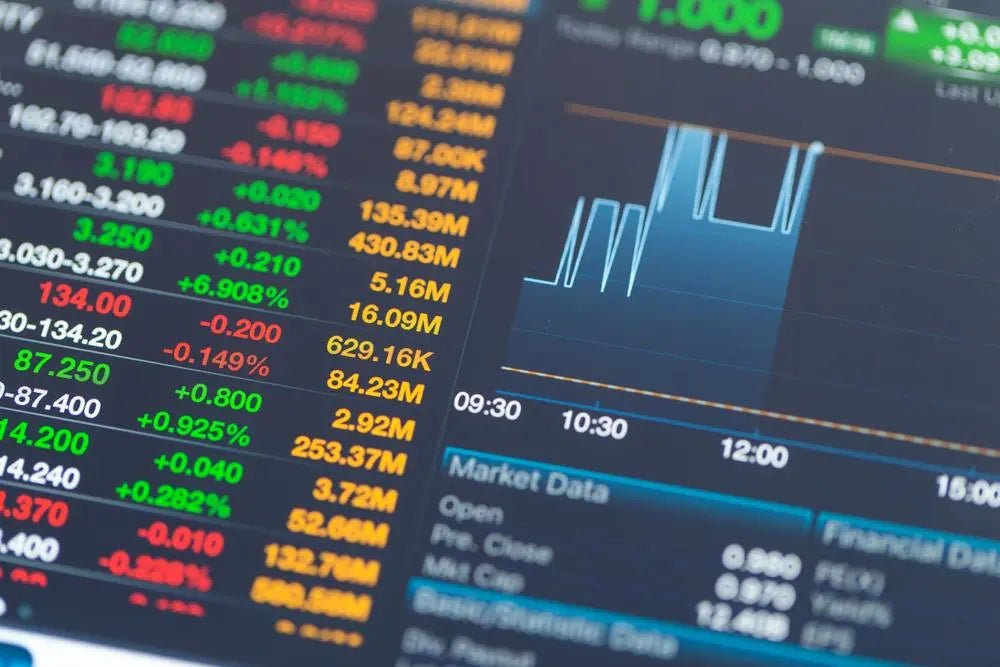Dividend stocks are often called the quiet workhorses of investing. While high-growth tech names tend to dominate headlines, dividend-paying companies quietly deliver steady cash back to shareholders year after year. For income-focused investors, retirees, and anyone looking to balance stability with growth, dividend stocks can play a crucial role in a portfolio.
This article explains what dividend stocks are, why they matter, the types available, how to invest, and key considerations for 2025.
What Are Dividend Stocks?
Dividend stocks are shares of companies that return a portion of profits directly to shareholders, typically on a quarterly basis. Payments come as cash deposits (dividends) or, in some cases, additional stock.
Unlike growth stocks — which reinvest most of their earnings into expansion — dividend stocks reward shareholders along the way, making them attractive to those who value consistency.
Why They Matter
- Income you can count on: Dividends provide a steady stream of cash, which can help cover living expenses in retirement or supplement wages during working years.
- Signal of financial health: Companies with reliable dividend histories often have stable earnings, disciplined management, and mature business models.
- Potential tax advantages: In the U.S., qualified dividends are generally taxed at lower long-term capital gains rates instead of higher ordinary income rates.
- Dual benefit: Dividend stocks can generate both income and price appreciation over time.
Benefits of Dividend Investing
Consistent Income
For retirees or those seeking passive income, dividend payments can act like a personal paycheck.
Long-Term Stability
Dividend-paying companies are usually established market players. While no investment is risk-free, dividends often point to strong balance sheets and consistent profitability.
Inflation Hedge
As prices rise, companies that grow dividends year after year (dividend growth stocks) help protect purchasing power.
Compounding Through Reinvestment
Reinvesting dividends to buy more shares accelerates compounding. Over decades, dividend reinvestment plans (DRIPs) can meaningfully boost returns compared to simply taking payouts as cash.
Types of Dividend Stocks
- Blue-Chip Dividend Stocks
Large, stable companies with long histories of reliable payouts (e.g., Procter & Gamble, Johnson & Johnson). - High-Yield Dividend Stocks
Stocks offering yields well above the market average. While tempting, these can carry higher risks if payouts are unsustainable. - Dividend Aristocrats
Companies that have raised dividends for at least 25 consecutive years, demonstrating discipline and resilience through multiple economic cycles. - Dividend Growth Stocks
Firms with a strong record of increasing payouts annually, often favored by investors who want both income and rising long-term value.
How to Invest in Dividend Stocks
Research First
Screen for companies with strong fundamentals: steady revenue growth, healthy cash flow, manageable debt, and a sustainable payout ratio (ideally under 60%).
Compare Dividend Yields
Dividend yield = annual dividend ÷ stock price. A high yield can be attractive, but extremely high yields may be a red flag if the company cannot maintain payments.
Diversify Holdings
Don’t rely on one company or sector. Spread dividend investments across industries like consumer staples, healthcare, financials, and utilities.
Reinvest for Growth
Consider enrolling in a DRIP to automatically reinvest dividends. This strategy compounds returns and builds ownership over time.
Monitor Sustainability
Track payout ratios, earnings growth, and free cash flow to ensure dividends are likely to continue.
Example: Bank of America as a Dividend Stock
Bank of America (BAC) is a widely held dividend stock in the financial sector. As one of the largest U.S. banks, it has a history of paying dividends and has steadily increased payouts in recent years as profitability improved.
For investors, BAC represents both a source of quarterly dividend income and potential price appreciation tied to interest rate cycles, lending growth, and broader economic trends.
FAQs About Dividend Stocks
Are dividends guaranteed?
No. Companies can reduce or suspend dividends during financial stress. For example, many firms cut dividends in 2020 during the pandemic.
What is a good dividend yield?
The S&P 500 average yield is around 1.5–2%. A “good” yield balances attractive income with sustainability. Yields above 6–7% warrant careful scrutiny.
Do dividend stocks outperform growth stocks?
Not always. Growth stocks may outpace dividend stocks in bull markets, while dividend stocks often hold up better in downturns due to income stability.
Are dividends taxed?
In the U.S., most qualified dividends are taxed at long-term capital gains rates (0%, 15%, or 20%), but non-qualified dividends are taxed as ordinary income.
Should I reinvest dividends or take the cash?
Reinvesting accelerates compounding, but taking cash may make sense if you rely on dividend income to pay expenses (such as in retirement).
In Closing
Dividend stocks remain a cornerstone for balanced investing. They deliver consistent income, add stability, and can grow wealth over time through reinvestment. By diversifying across industries, monitoring payout health, and reinvesting wisely, investors can build a dividend portfolio that supports both present income and long-term prosperity.







